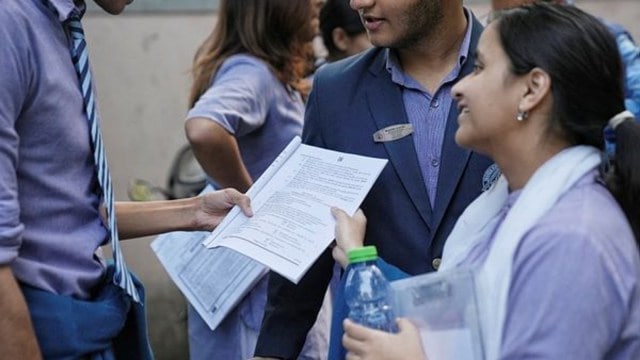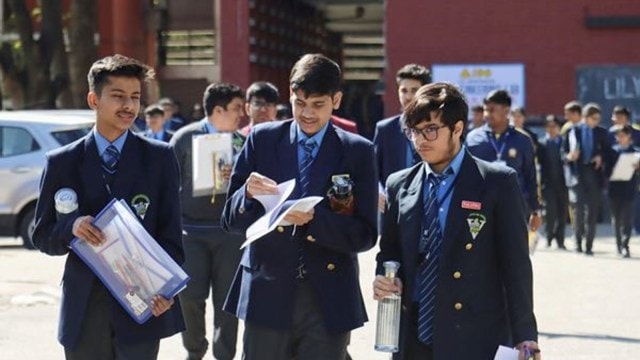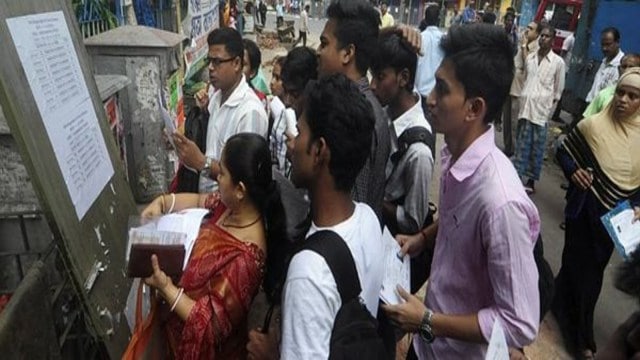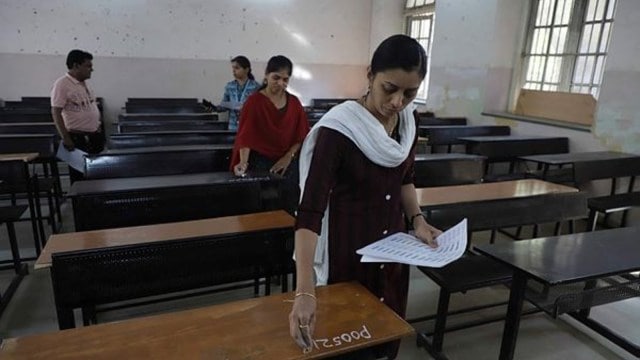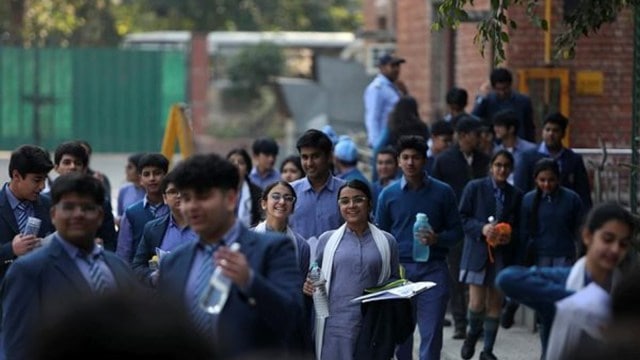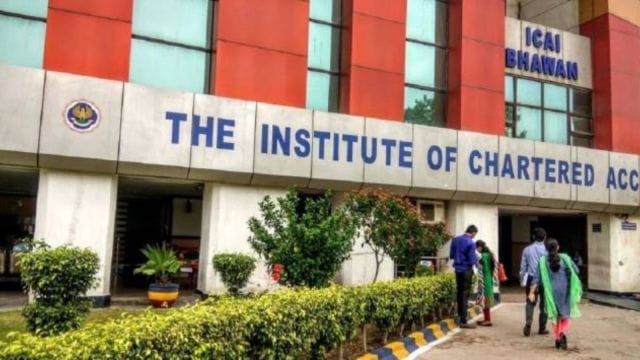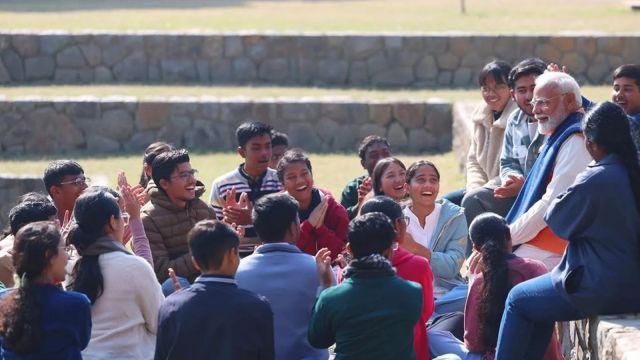
As Thalapathy Vijay heads for political debut, a look at why cinema, politics make a compelling script in Tamil Nadu
Tamil Nadu’s political landscape, where film stars like M G Ramachandran (MGR) and J Jayalalithaa have occupied the chief minister’s chair, has seen an effortless blend of politics and cinema over the years.
The latest addition to this is “Thalapathy” Vijay, whose popularity and stardom match the likes of MGR and Rajnikanth, who has announced a foray into the political arena of the state with his party Tamizha Vetri Kazhagam.
So, is it easier for superstars in Tamil Nadu to transition to politics, or just more talked about? And where does it fit into the fact that the politics of the state has a strong undercurrent of sub-regionalism and identity and culture politics, putting it apart from its counterparts?
Since the 1960s, scholars have been trying to capture the cinema-politics intersection in the state, most notably Robert L Hardgrave, and his contemporary Karthigesu Sivathamby, a distinguished Sri Lankan Tamil scholar from the University of Jaffna.
These academic endeavours highlighted the state’s distinctive use of film for political expression, often drawing parallels with instances of cinematic “propaganda”.
At the same time, experts who have studied the communication project of the Dravidian movement argue that these deep-rooted cultural narratives have contributed to the easy evolution of cine stars into political leaders.
The MGR phenomenon, for instance, was the outcome of a decades-long communication strategy of the DMK. From its inception in 1949, the party started publication of magazines in every district of the state to ensure communication with its cadre, apart from using the medium of theatre to drive the party’s message. Its final medium in this was cinema.
Dr Gopalan Ravindran, Head of the Media and Communication Department at the Central University of Tamil Nadu, says researchers like Hardgrave missed the picture, with their writings centred around seeking the “strange others” in the Tamil audience and in its affinity towards film star-turned-politicians. “Post the Second World War, the derivative attention on India and other Third World countries was borne out of geopolitical interests and not academic curiosity, and was aimed to categorise and understand Tamil Nadu and India for the US State Department,” he says.
This impression was helped along by English-speaking media, particularly upper caste Tamil commentators, say experts, who saw themselves threatened by the anti-Brahminic messages inherent in Dravidian cinema.
Ravindran says: “Figures like Cho Ramaswamy (a popular yesteryear actor, writer and public commentator) were frequently quoted in newspapers, echoing these views. This shaped a casteist, media-driven perception of the state’s politics and its so-called nexus with cinema, outside Tamil Nadu.”
Ravindran contrasts MGR’s rise in politics with Rajnikanth’s, for example. “At the grassroots, Rajni is seen as a star and not a politician. Unlike MGR, who rose to political heights riding on the Dravidian movement, he does not have an ideology backing him. MGR connected with people through the movement and not just his films,” he says, adding that Rajinikanth could not leverage his immense popularity into politics due to the lack of ideological support and a movement’s backing.
There are other examples of celebrities in the political sphere failing without the backing of a movement, such as Ganesan, even as others who had this support, such as M Karunanidhi and Jayalalithaa, forged ahead. Desiya Murpokku Dravida Kazhagam (DMDK) founder Captain Vijayakanth tasted success, but only for a brief period. The career of others like Sarathkumar and T Rajender remained still-born. More recently, Kamal Haasan’s Makkal Needhi Maiam (MNM) and Seeman’s Naam Tamilar Katchi have struggled to convert cinematic fame into electoral results.
Former professor of philosophy at Madras Christian College Dr James Kurian sees the relatively larger success achieved by cinema stars in Tamil Nadu as politicians to the preference shown by its voters for a unifying leader, cutting across differences in society. “Tamil Nadu has a rich history, going back to the eras of the Chera and Chola dynasties, and is heavily influenced by the timeless wisdom of Tirukkural… This sets a high benchmark for people’s idea of a leader. Every Tamil is familiar with their ancient kings, kingdoms and their stories… Popular leaders in the state in recent decades too have been strong-willed, powerful leaders who ran a centralised leadership,” he says.

 Posts
Posts Sign up as a Teacher
Sign up as a Teacher